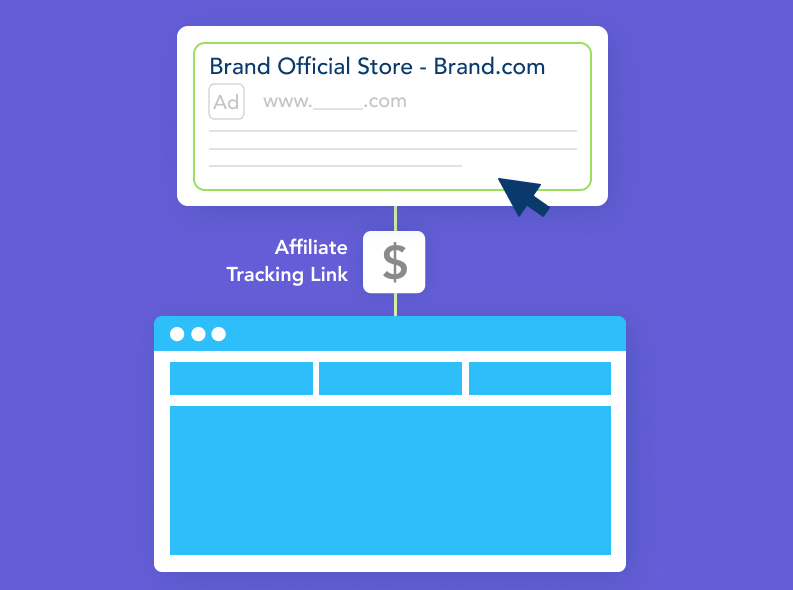From Silicon Valley to Silicon Roundabout, every year sees an influx of new tech businesses entering the market, unicorns being made (and slaughtered) and a whole host of mergers and acquisitions.
As fledgeling B2B tech providers fight for market share, the titans of tech just seem to get stronger and harder to reach. But it doesn’t have to be this way. Having the right strategy will enable challenger technologies to disrupt the marketplace and win some well-earned clicks.
Are challenger brands equipped to take on the giants of search?
For challenger brands, contesting market share requires a strategy that has the ability to capitalize on inherent strengths (i.e. those that give them an advantage over market leading competitors). Standing in their way are market-leading brands, who present a universal challenge for competitors across many different sectors. It’s not unheard of for leader brands to be winning as much as 50% of the category clickshare, leaving just half the market to be contested by other competitors.
Virtuous circles in online search
Growth and momentum for market-leader brands can be contextualized in online search around virtuous circles. Here the combination of deep market reach, with search term depth across millions of search terms, drives sales and revenues. This completes a virtuous circle that further enables these brands to justify budgets; in effect, leveraging the conversions they win online to maintain a stronghold on the market.

What does this mean for challenger brands?
Naturally, it is not easy for challenger brands to disrupt the force of these dynamics. For market leaders, feeding any one of the above components fuels the momentum of their entire digital operation. The real challenge for challenger brands is to develop their own model for incremental market growth.
Competitive intelligence: a secret weapon?

An inherent strength for challenger brands, is that their size enables them to be more agile than their larger counterparts. In search particularly, it could mean that they are able to test new keywords and targeting strategies, and over time, to develop more precise and cost-efficient campaigns.
So in online search where leader brands may employ broad matching or phrase matching to achieve deep search coverage (Apple broad matching on the phrase ‘apple’ to advertise on ‘best deal for apple iphone’ queries for example), challenger brands have the potential to be more precise and optimized on long tail consumer search queries and generics, which promotes greater cost efficiency.
And here lies the opportunity for challenger brands to establish a virtuous circle of their own. If challenger brands are to contest clicks from leader brands they will need to employ such targeting strategies that allow them to make cost-efficiency improvements; a virtuous circle is completed if they are then able to channel gains from cost-efficient improvements for further growth.
Utilizing competitive intelligence to map out and monitor activity in new online territory, and further optimizing campaigns, ensures the process is scalable and replicable.
This article was taken from 5 Steps for Defeating Digital Goliaths.




